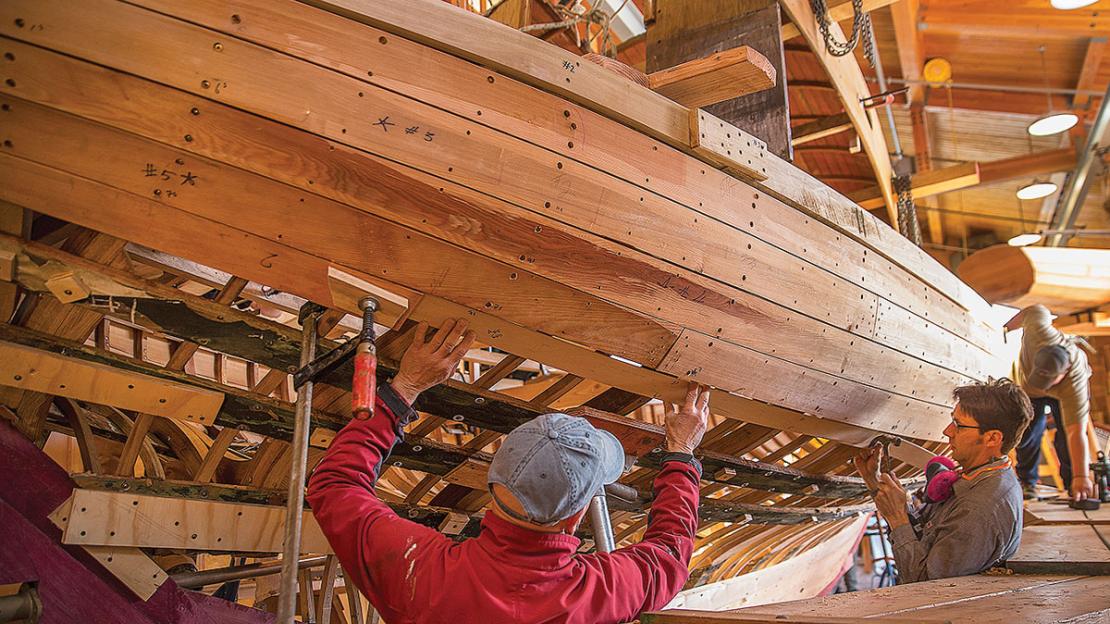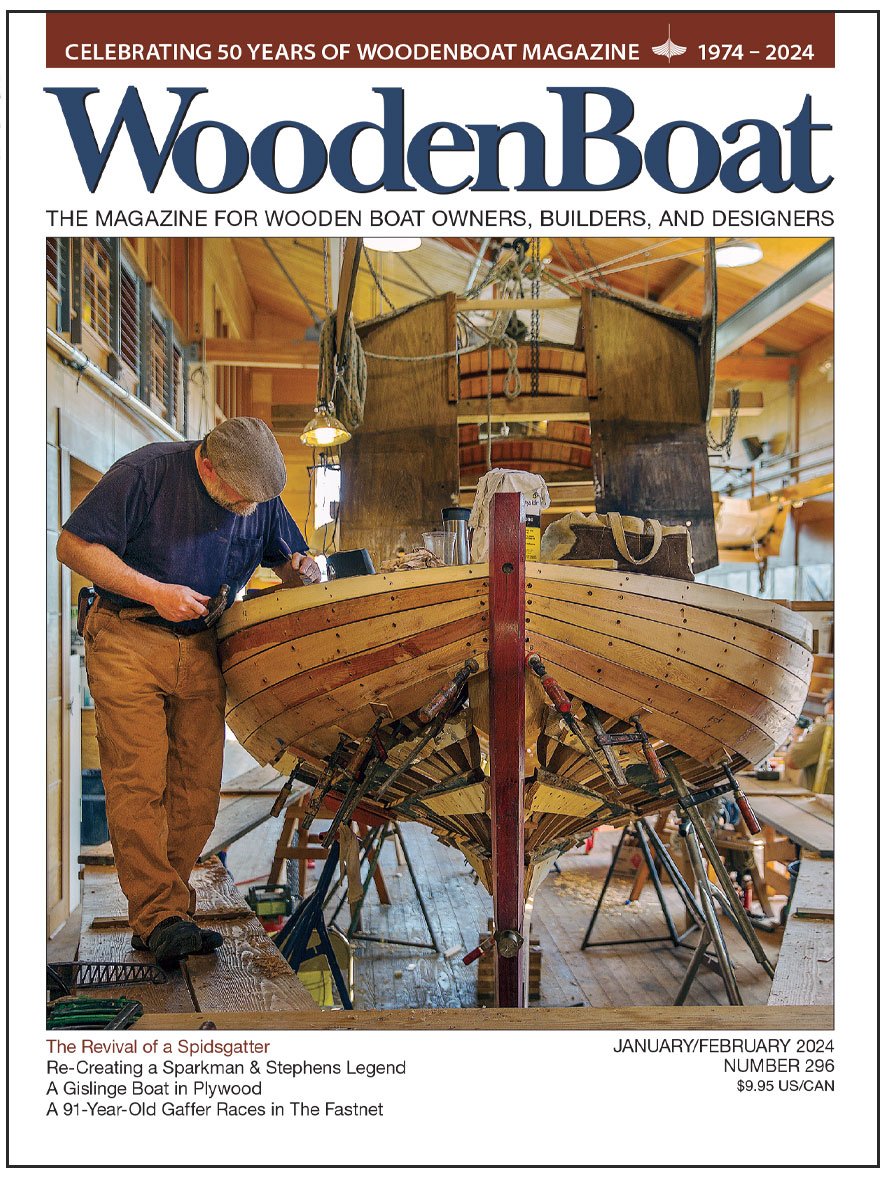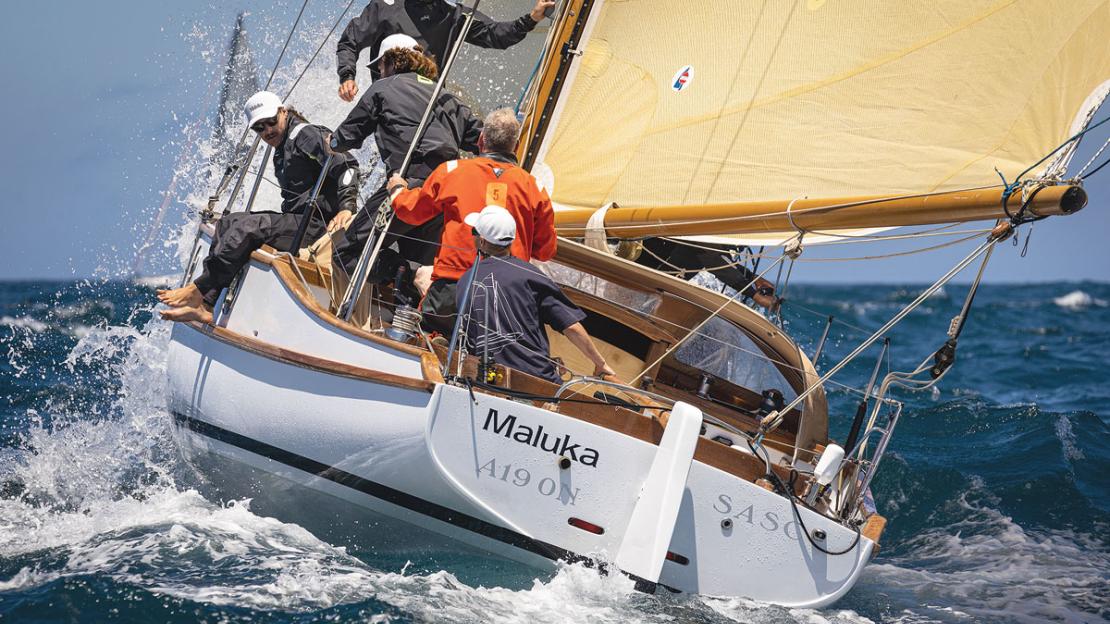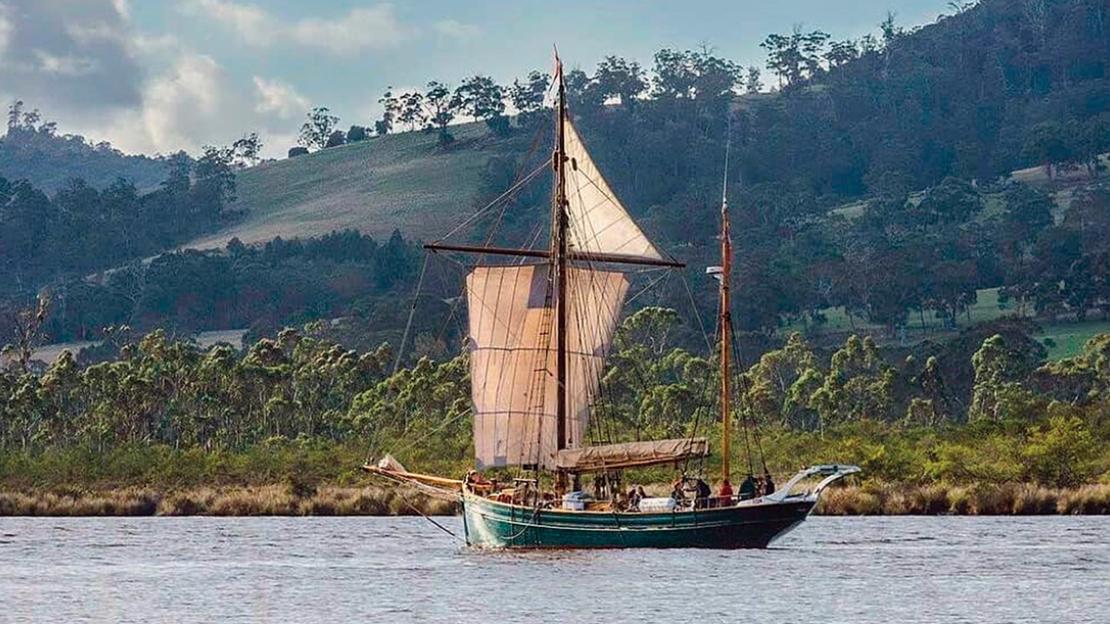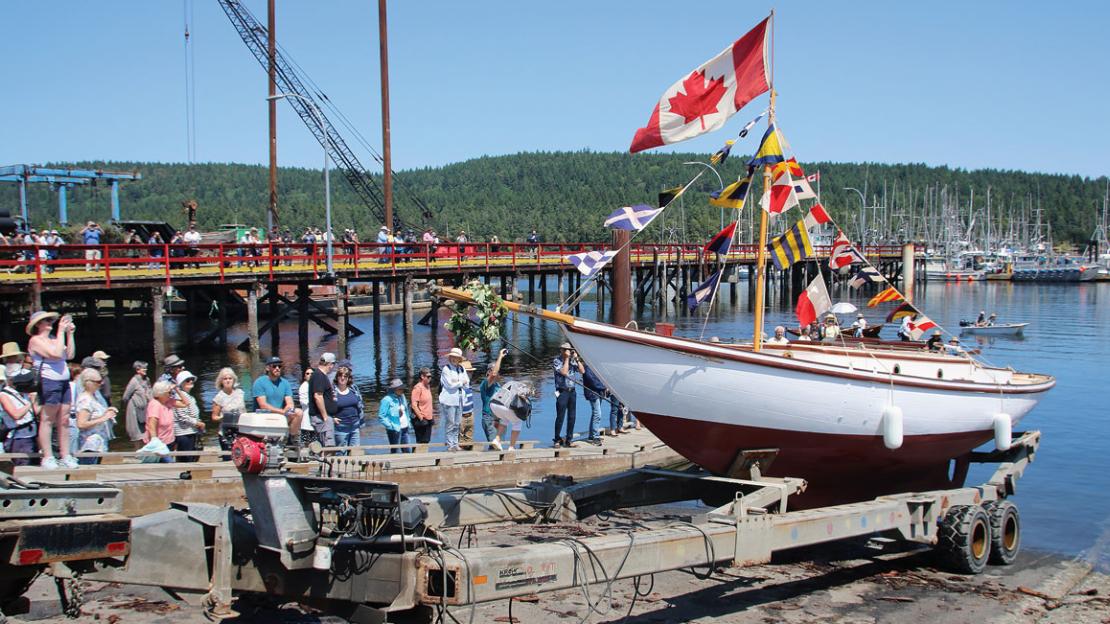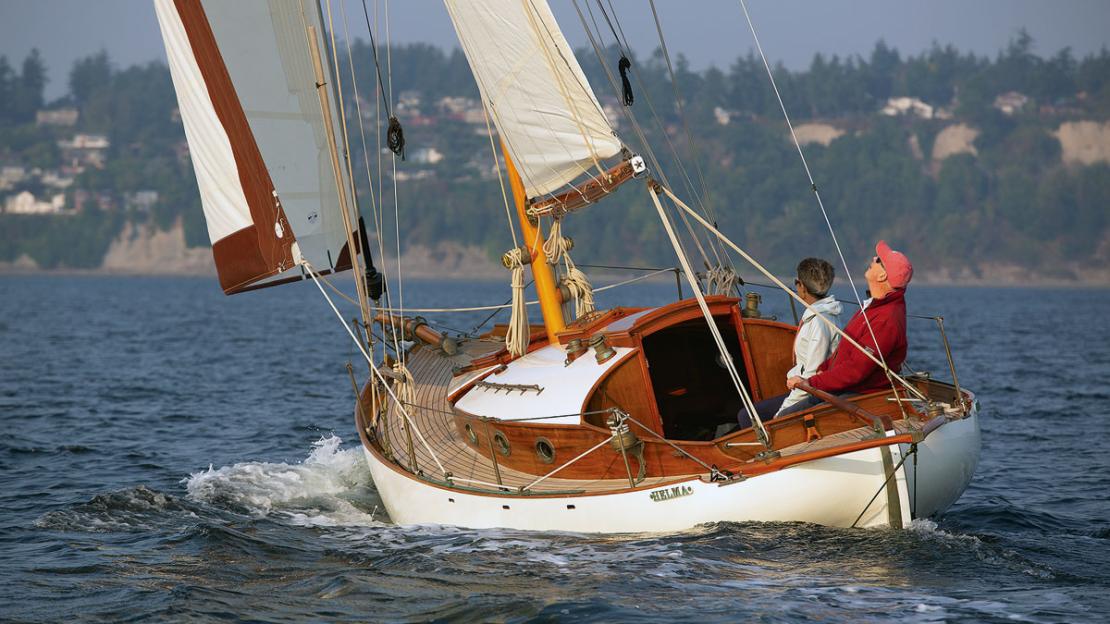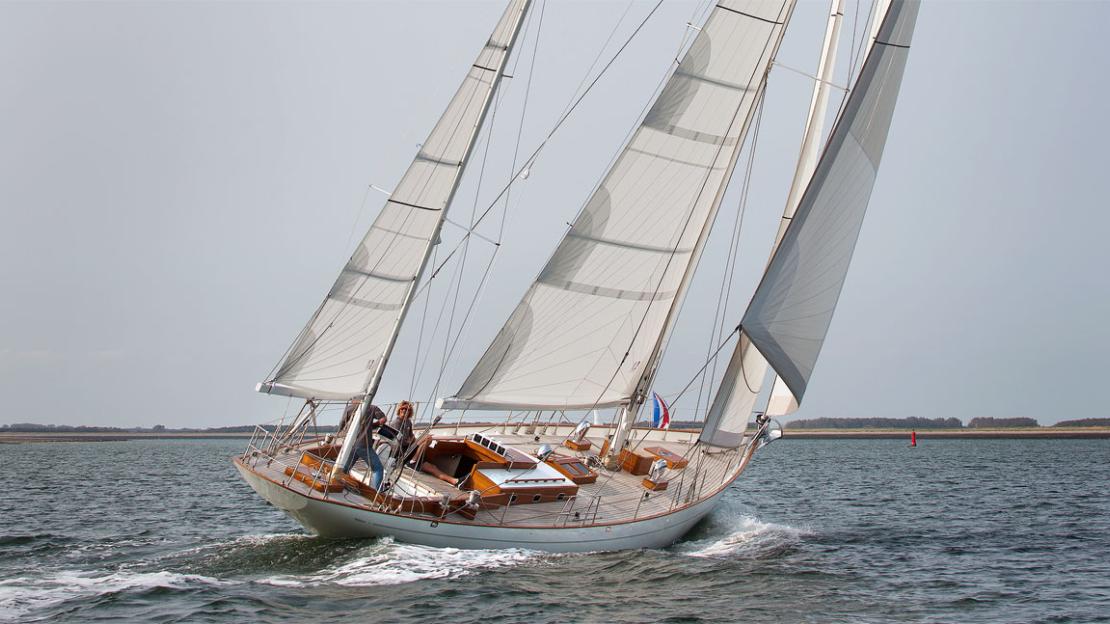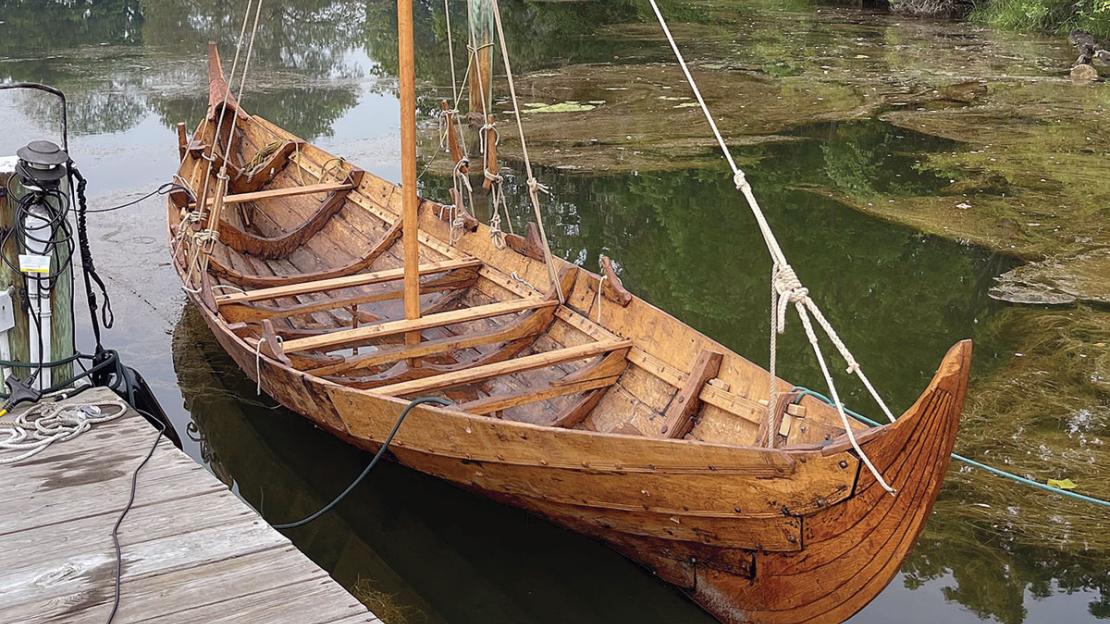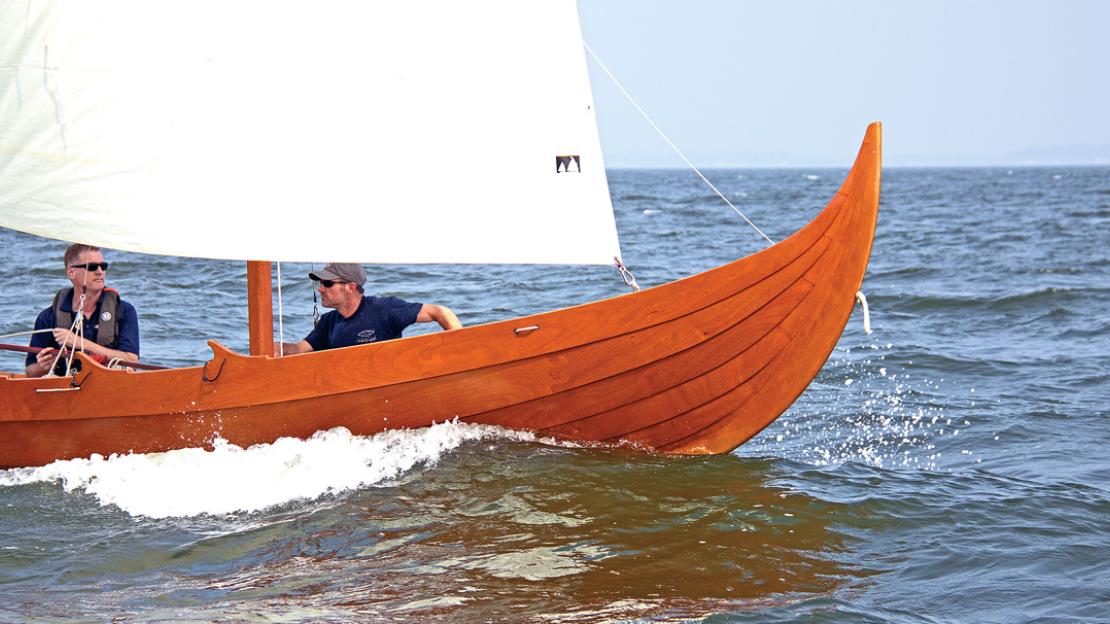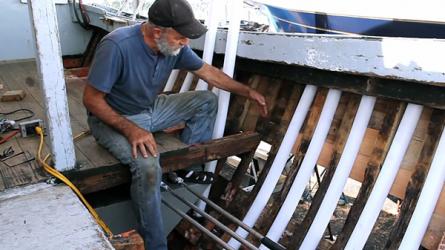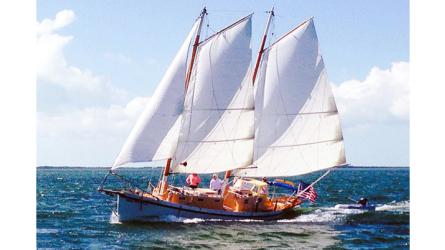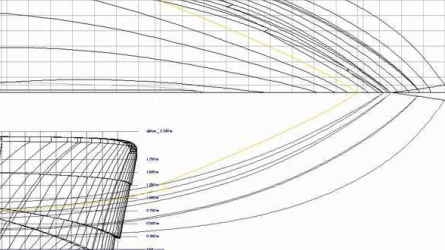One World
On the cover of this issue is an exquisite 26' spidsgatter, a small double-ended cruising sailboat. HELMA, as the boat is called, was built in 1938 in Denmark, and later shipped to the U.S. West Coast where, recently, she has undergone a thorough rebuilding and refit. Tom Jackson tells the story of that project beginning on page 54. The image on the cover, taken in the workshop of the Northwest Maritime Center in Port Townsend, Washington, is testament to the extent of the job.
The story of the Dutch boatbuilder Pieter van der Aa (page 62) in a way begins in Port Townsend, though takes place in The Netherlands. Pieter has built, singlehandedly, two significant reconstructions of sizable Sparkman & Stephens–designed yachts. The first was a New York 32-class sloop, which began with the mortal remains of an original boat of this class that he purchased in Port Townsend and had shipped home so he could harvest the hardware and ballast keel for his new yacht. His second project, a wood-composite interpretation of the S&S yawl AVANTI, was launched last year and sails the southwestern Dutch waters of the Oosterschelde.
Just a 10-hour drive from the Oosterschelde lies the Danish island of Strynø, where David Nash and Ea Lassen have their former Danish fishing vessel, YUKON. The rebuilding of that vessel was featured in an article by David back in 2011, in WB No. 220. In the issue you hold in your hands, we present a sequel to that earlier article, detailing the preparations, alterations, adaptation, and maintenance required to sail this vessel around the world. About five years ago, I met David and Ea in Tasmania, where they were on an extended stay during their voyage, offering trips in YUKON from the township of Franklin. I spent an afternoon sailing with them, and on that outing we hatched a plan to tell the rest of YUKON’s story. The result of that discussion begins on page 38.
Meanwhile in Australia, the tale of the diminutive sloop MALUKA was fermenting. She was launched in 1932 and hails from Sydney; she was shipped 11,000 miles to England to compete in the Fastnet Race (see page 24). At 28' and 91 years old, she was the smallest and oldest boat in the most recent Fastnet fleet and was staffed by a crew of veteran ocean racers. Although she has had significant structural upgrading, her planks are held to her frames by copper rivets—an ages-old method of fastening since Viking times.
Which brings us to the Gislinge boat, a just-post-Viking-era type, of riveted-plank construction, dating back to the 12th century. The boat was discovered and documented in Denmark in 1993. The staff at the Viking Ship Museum in Roskilde, Denmark, made their documentation available for free in an open-source project, which has led to replicas built around the world. Two notable recent ones appear in this issue. The first presents a boat built to the original
labor-intensive specifications (page 68), which include massive carved stem fabrications and white-oak planks that are split, rather than sawn, from whole logs. The second was likewise labor-intensive, but for different reasons: it required considerable time on a computer to develop the flat shapes that could be cut, bent, and assembled in plywood and epoxy (page 74).
And so we take a little trip around the world in this issue, from Denmark, to the U.S. West Coast, to The Netherlands, back to Denmark, to Australia, to England, and back to Denmark again. It’s a small but inspiring reminder of our interconnectedness—and of the power of continuity and collaboration across time and distance.

Editor of WoodenBoat Magazine
